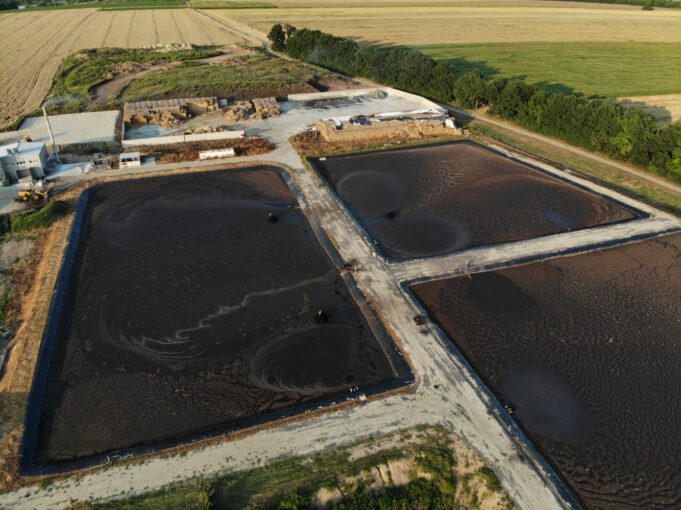The wastewater treatment industry is constantly evolving, seeking more efficient and sustainable solutions. One such innovation is aerobic granular sludge (AGS), a promising technology that offers several advantages over traditional methods. Let’s explore AGS, its benefits, and a real-world case study of a municipal wastewater treatment plant that successfully implemented this technology.
What is Aerobic Granular Sludge (AGS)?
AGS is a biological treatment process that involves cultivating microbial aggregates, or granules, in a wastewater environment. These granules are composed of various bacterial species, each playing a specific role in removing pollutants like nitrogen, phosphorus, and organic matter. Unlike traditional activated sludge, AGS offers several key benefits, including:
- Enhanced pollutant removal: AGS can simultaneously remove multiple pollutants, making it a more comprehensive treatment solution.
- Improved settling: The granular nature of the sludge allows for faster and more efficient settling, reducing the need for large settling tanks.
- Reduced energy consumption: AGS systems often require less energy compared to conventional activated sludge systems.
- Smaller footprint: The compact nature of AGS processes can lead to smaller treatment plants, saving on construction costs and land requirements.
Case Study: Reconstructing a Municipal Wastewater Treatment Plant
The recent article in Processes by Hutňan et al. provides a valuable case study in using this treatment process. The authors describe a wastewater treatment plant that was struggling to meet regulatory standards. By implementing AGS technology, the plant was able to significantly improve its performance and achieve the required water quality parameters:
- Enhanced pollutant removal: The AGS system successfully removed ammonia, nitrate nitrogen, and orthophosphate phosphorus to levels below regulatory limits.
- Improved efficiency: The reconstructed plant achieved these results without increasing energy consumption, demonstrating the efficiency of AGS technology.
- Granule formation: While complete granulation was not achieved, the sludge exhibited characteristics similar to AGS, suggesting the potential for further optimization.
Aerobic granular sludge offers a promising, customizable solution for wastewater treatment, providing enhanced pollutant removal, improved efficiency, and reduced environmental impact.
The case study presented in the article demonstrates the successful application of AGS technology in a municipal wastewater treatment plant. As research and development continue, we can expect to see even more widespread adoption of this innovative approach in the future, as well as exploring the potential of AGS for treating emerging contaminants, such as pharmaceuticals and microplastics.
By understanding the advantages and potential of AGS, water treatment professionals can make informed decisions about adopting this technology to improve the performance and sustainability of their own facilities.
SOURCES: Current Science, Processes, Environmental Science: Water Research & Technology





